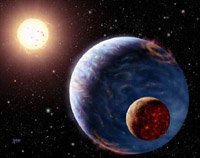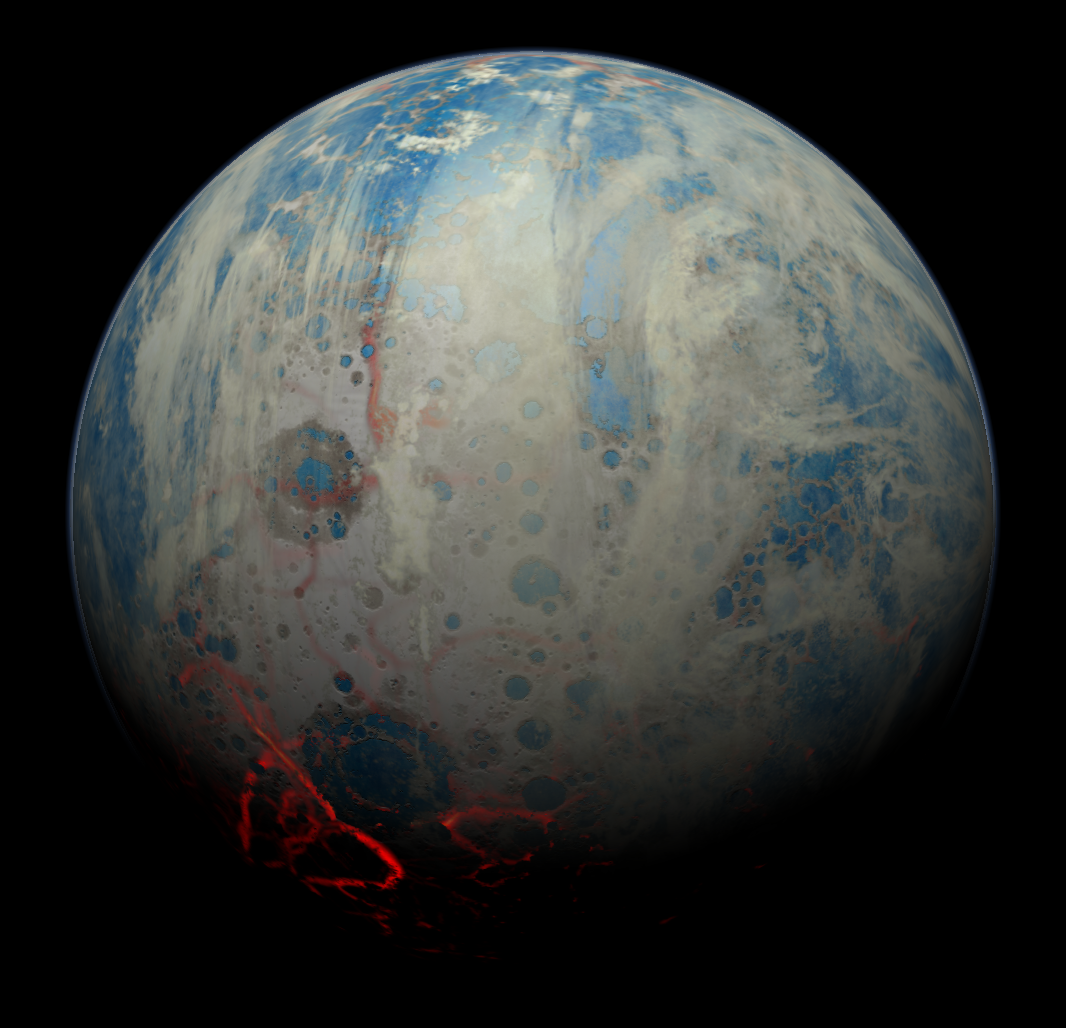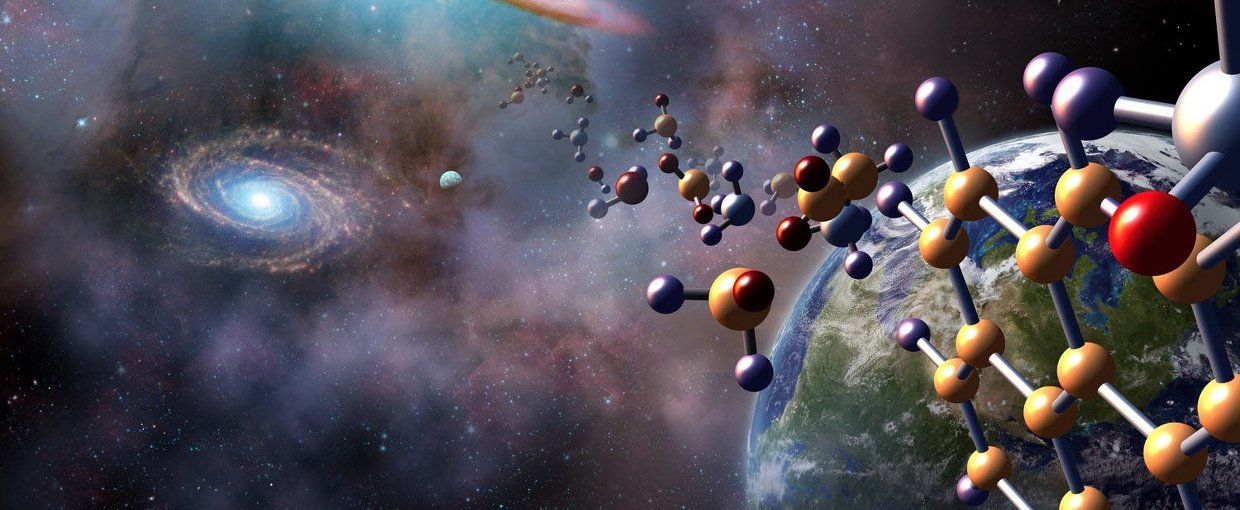
In the past decade, over 280 planets orbiting other stars (extrasolar planets) have been discovered. For a growing sample of giant extrasolar planets orbiting very close to their parent star (hot-Jupiters), we can already probe their atmospheric constituents using transit techniques. With this method, we can indirectly observe the thin atmospheric ring surrounding the optically thick disc of the planet the limb while the planet is transiting in front of its parent star. This method was traditionally used to probe the atmospheres of planets in our Solar System and most recently, thanks to the Hubble and Spitzer Space Telescopes, was successfully applied to exoplanets. In our seminar, we will focus in the most recent detections of water vapour and other carbon-molecules in the atmosphere of hot-Jupiters using photometry and spectroscopy. A new generation of space telescopes is expected to be launched in the next decade: the James Webb Space Telescope. The improved sensitivity of the instruments on board JWST will allow us to probe the atmospheres of transiting Earth-size planets, down to the habitable zone.
 A Talk With Jim Green
A Talk With Jim Green What Can Extant Genomes Reveal About Early DNA Metabolism?
What Can Extant Genomes Reveal About Early DNA Metabolism? What We Talk About When We Talk About Earth's Oxygenation
What We Talk About When We Talk About Earth's Oxygenation Bowling With Astrobiologists: A Twisted Path Toward the Origin of DNA
Bowling With Astrobiologists: A Twisted Path Toward the Origin of DNA